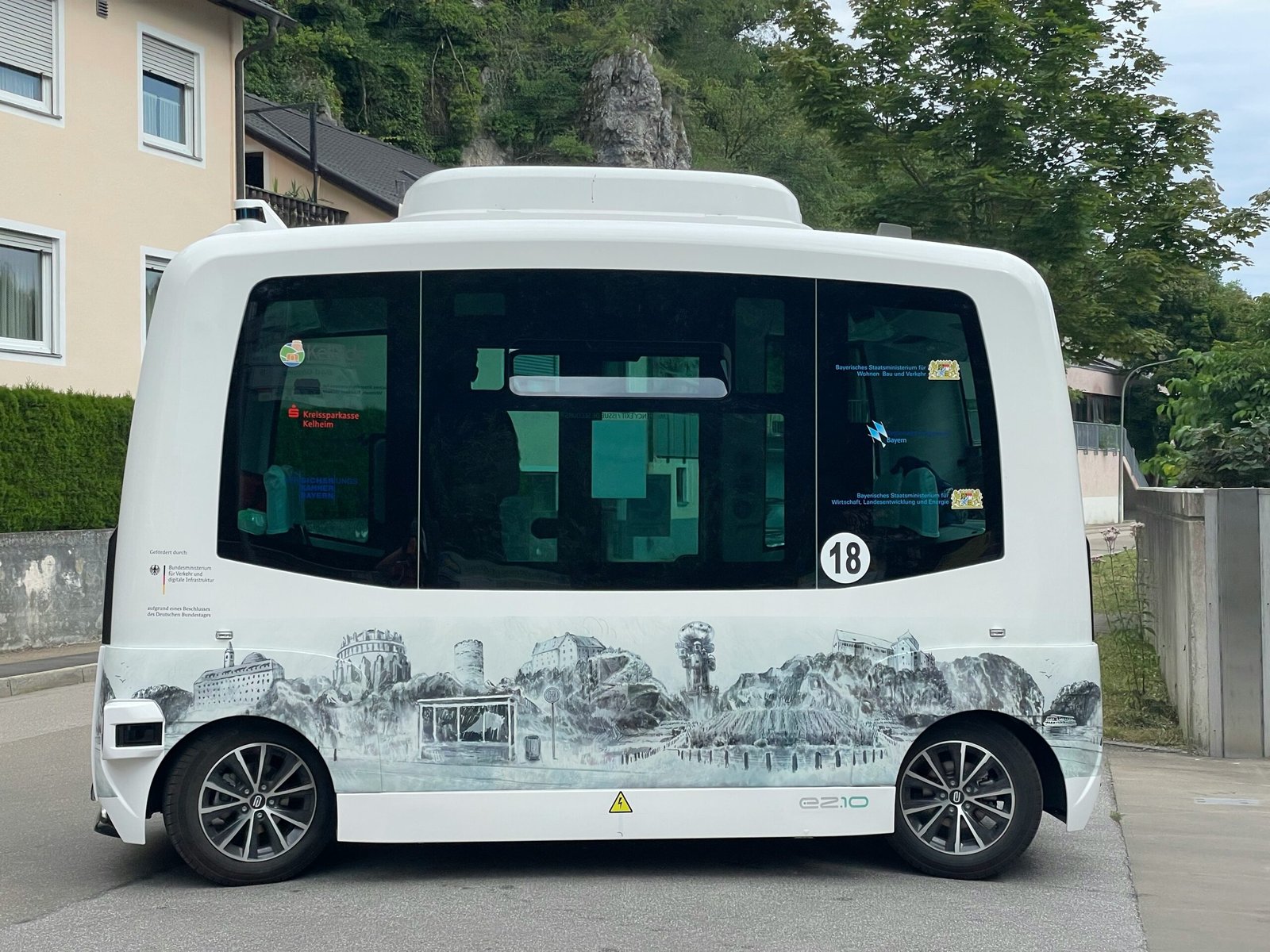The Future of Autonomous Vehicles in Preventing Traffic Collisions
With the rise of technology, the future of transportation is rapidly evolving. One of the most promising advancements in this field is the development of autonomous vehicles. These self-driving cars have the potential to revolutionize the way we travel and, more importantly, prevent traffic collisions. In this blog post, we will explore the various ways in which autonomous vehicle can contribute to reducing the number of accidents on our roads.
1. Advanced Sensors and Detection Systems
One of the key features of autonomous vehicles is their advanced sensor and detection systems. These systems are designed to constantly monitor the vehicle’s surroundings and detect potential hazards. By using a combination of radar, lidar, and cameras, autonomous vehicle can accurately identify and track objects on the road, including other vehicles, pedestrians, and cyclists.
This level of awareness allows autonomous vehicle to make split-second decisions and react faster than human drivers. For example, Autonomous Vehicles if a pedestrian suddenly steps into the path of an autonomous vehicle, the sensors will detect the presence of the pedestrian and apply the brakes to avoid a collision. This quick response time can significantly reduce the number of accidents caused by human error or delayed reactions.
2. Improved Traffic Flow and Communication
Traffic congestion is a major problem in many cities around the world. It not only leads to frustration and wasted time for drivers but also increases the risk of traffic collisions. Autonomou vehicles have the potential to address this issue by improving traffic flow and communication between vehicles.
Through vehicle-to-vehicle (V2V) and vehicle-to-infrastructure (V2I) communication, autonomou vehicles can share information about their speed, direction, and intended maneuvers. This allows them to coordinate their movements and make informed decisions that optimize traffic flow. For example, Autonomous Vehicles if multiple autonomous vehicle are approaching an intersection, they can communicate with each other to determine the most efficient order in which to pass through, reducing the likelihood of collisions.
In addition, autonomous vehicle can also communicate with traffic lights and other infrastructure to receive real-time information about road conditions, such as accidents or road closures. This information can be used to adjust the vehicle’s route or speed, further reducing the risk of collisions.
3. Minimizing Human Error
Human error is a leading cause of traffic collisions. Whether it’s distracted driving, speeding, or impaired driving, Autonomous Vehicles our actions behind the wheel can have serious consequences. vehicles have the potential to minimize human error and make our roads safer.
By removing the human element from the driving equation, autonomous vehicle eliminate many of the common mistakes that lead to accidents. Autonomous Vehicles They do not get distracted by phone calls or text messages, they do not drive under the influence of alcohol or drugs, and they do not experience fatigue or drowsiness. This consistent and reliable behavior can significantly reduce the number of collisions caused by human error.
Furthermore, autonomous vehicle are programmed to strictly adhere to traffic laws and regulations. They do not exceed speed limits, run red lights, or engage in reckless driving behaviors. This adherence to the rules of the road can help create a safer driving environment for everyone.
Conclusion
The future of autonomous vehicle holds great promise in preventing traffic collisions. With their advanced sensor and detection systems, improved traffic flow and communication capabilities, and the ability to minimize human error, autonomous vehicle have the potential to make our roads safer and save countless lives.
While there are still challenges to overcome, such as regulatory frameworks and public acceptance, the benefits of autonomous vehicle in preventing traffic collisions cannot be ignored. As technology continues to advance and autonomous vehicle become more widespread, we can look forward to a future with fewer accidents and safer roads for all.
